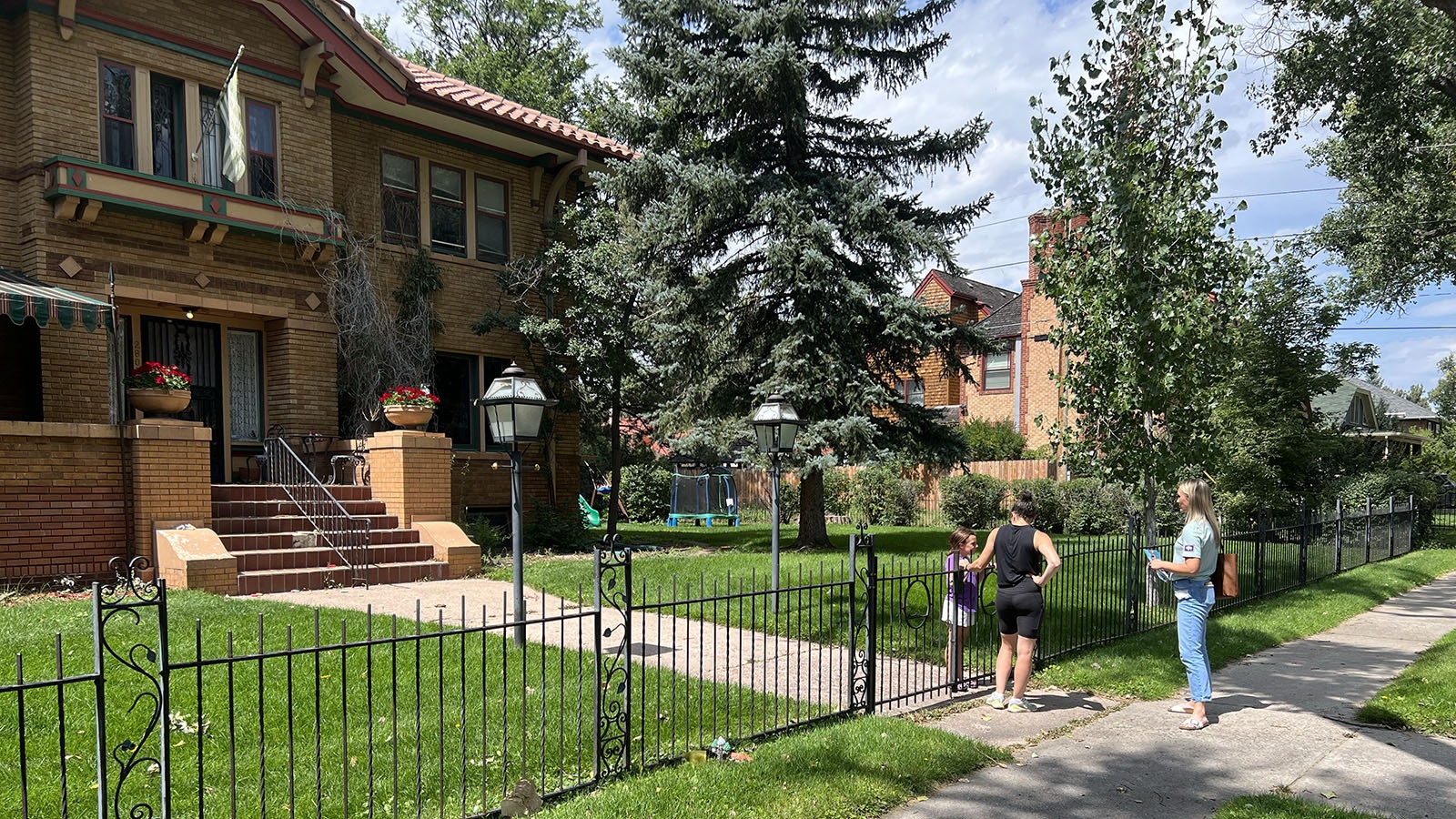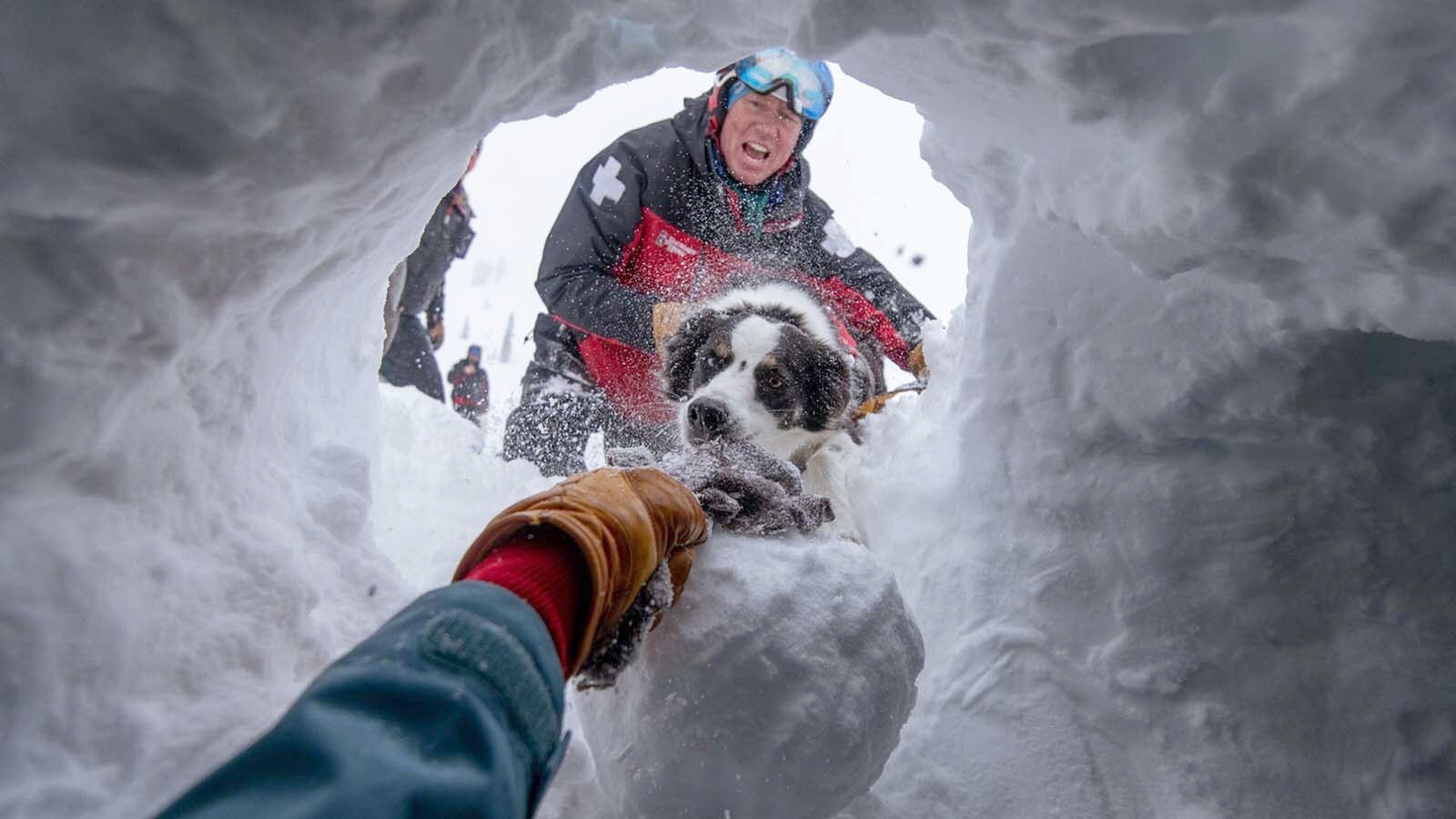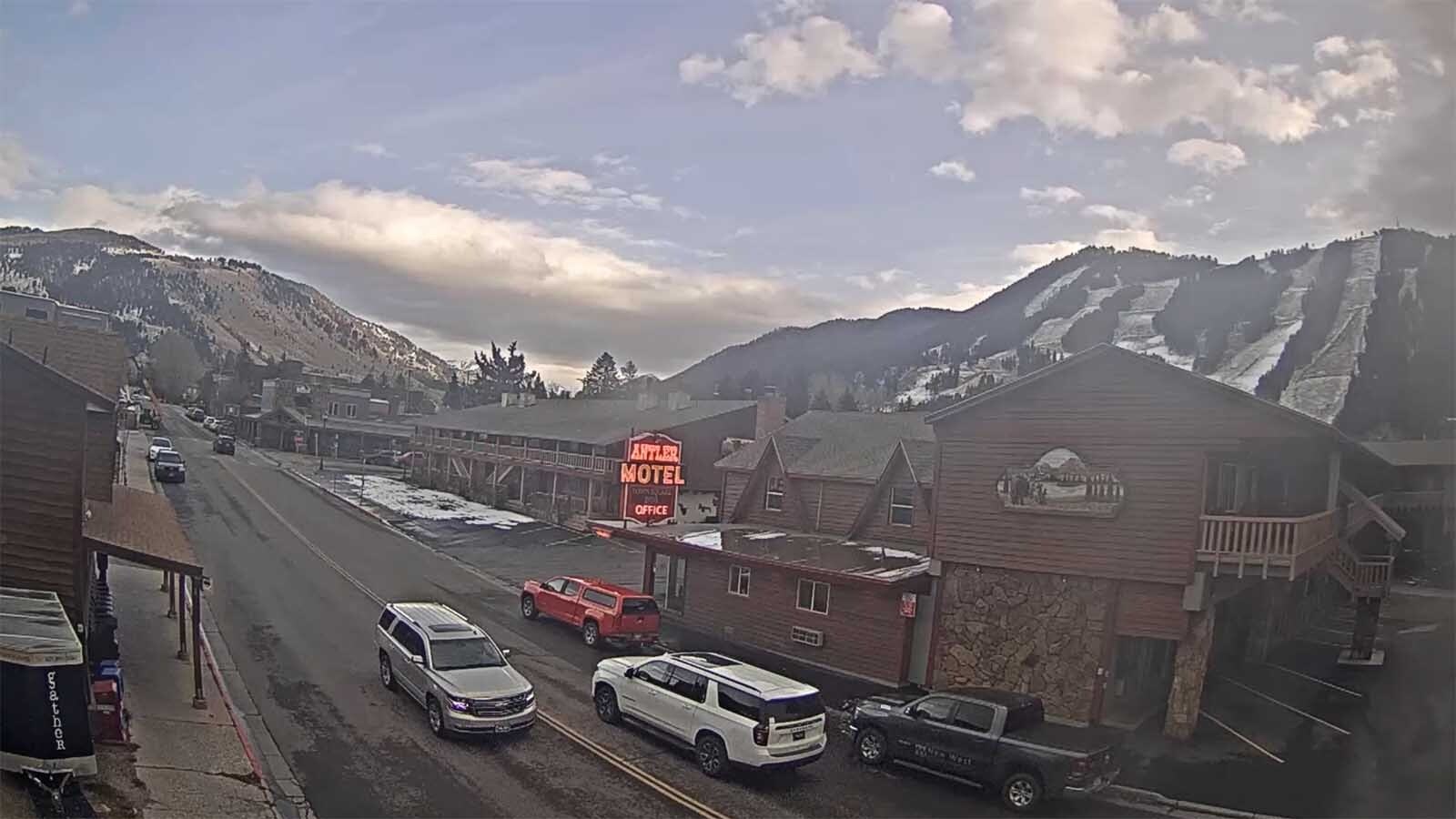The oldest and most trusted American almanacs have released their summer 2025 forecasts, but are the treasured American periodicals, which have been the first and last word for farmers and ranchers going back to 1792, still that?
The Farmer’s Almanac, first published in 1818, calls for a scorching, soaking summer with record-high temperatures and plenty of precipitation east of the Continental Divide, including Wyoming. The best-known Old Farmer’s Almanac, which was first published in 1792, is a little more reserved. It says Wyoming’s going to be warm this summer with normal to below-normal rainfall.
However, the veracity of their outlooks may not be as reliable as generations of farmers and ranchers have sworn by.
Cowboy State Daily meteorologist Don Day said contradictions are the most consistent part of this long-term forecast for Wyomingites.
“I saw a lot of adjectives to get people’s attention, but the contradiction I saw was that it’s going to be hot and wet in Wyoming this summer,” he said of the Farmer’s Almanac prediction. “You can’t get a hot, wet summer in Wyoming. They’re contradictory. If it’s hot, it’s going to be dry. If it’s wet, it’s not going to be hot.”
The meteorological methods of the Farmer’s Almanac (and the similar but separate Old Farmer’s Almanac) remain still steeped in mystery. Such a contradictory summer forecast for the Cowboy State raises the question: do these tried-and-true almanacs still hold a reliable, respectable place in the 21st century?
It depends on who you talk to.
Overall, the outlook is that almanacs are becoming increasingly antiquated as being able to give reliable forecasts. But they’re also steeped in tradition going back generations, and loved by agriculture families.
Coca-Cola Formula
Meteorologists use many methods and tools to develop long-range forecasts. Many use advanced computer modeling, while others include historical data to let past trends inform future predictions.
Day would love to evaluate and incorporate the methods used by the Farmer’s and Old Farmer’s almanacs.
But he can’t. No one can.
“No one will tell you how they put their forecasts together,” he said of the almanacs. “It’s like the Coca-Cola formula — locked in a vault somewhere. I don't know their formula and, as far as I’m aware, it's never been made public.”
Keeping their methods secret might add to the appeal of almanacs, but that makes it nearly impossible to evaluate their results independently. One Farmer’s Almanac red flag for Day was that Wyoming, Colorado and Montana were placed in the North Central Zone with Missouri, Minnesota and Kansas.
“Wyoming doesn’t get Missouri’s weather,” he said. “You can get a real hot summer with a lot of humidity and rain in eastern Nebraska and Kansas, but you won’t have 95 degrees and 3 inches of rain on the Western Plains. That doesn’t happen here.”
If the Farmer’s Almanac is anticipating a hot, wet summer in Wyoming, Day has reasons to question the end of its means. That could have implications for the farmers, ranchers and other agriculturalists relying on almanacs for more than two centuries.
“I can't look at forecasts and take them too seriously unless I know the recipe,” he said. “It’s hard for me to say anything more about the almanacs without knowing how they put their forecasts together.”

A Lower Tool On The Totem Pole
Wyoming’s farmers and ranchers haven’t abandoned almanacs. Nevertheless, they aren’t seen as the infallible sources they once were.
“I've heard that the Farmer’s Almanac is right 80% of the time,” said Dennis Sun, publisher of the Wyoming Livestock Roundup. “If that's true, it’s a pretty good track record, but I think Don Day and other local forecasts carry more weight because they’re more current.”
Many publications have celebrated the predictions of both almanacs as about 80% to 85% accurate. They also tout a list of "famous" weather predictions throughout the last two centuries, and that they've been at weather prediction longer than the National Weather Service, which was established in 1870.
Sun described the Farmer’s and Old Farmer’s almanacs as “tools” for seasonal forecasting or identifying trends for the year ahead. He doubts most people in the agricultural industry give almanacs the same weight they used to.
“With all the technology today, local forecasts can extend three or four days ahead, and they're usually right most of the time,” he said. “When the almanac’s forecast comes out, it’ll give you an idea of what kind of winter we’re going to have.
“But we pay more attention to local (meteorologists) during the winter because it’s current.”
Brett Moline, spokesman for the Wyoming Farm Bureau Federation, said everyone in the agriculture industry is constantly gathering as much information as possible to make the most informed decisions.
Almanacs are another reliable source of information, but they aren’t “the end, all be all” anymore, he said.
“In Wyoming, we know how much moisture needs to be in the ground for seasonal grasses,” he said. “That’s why most of our farming production is done with extensive irrigation systems. It’s more dependable than the rainfall of fickle Mother Nature.”
Moline sees Wyoming’s weather as more erratic and unpredictable in recent years, making the long-range prognosis of the almanacs less dependable than it used to be. What might be true in their summer forecasts could be dead wrong when summer arrives.
Then again, how reliable is any long-range forecast? Moline believes there’s wisdom in skepticism.
“There’s an old saying that only two types of people try to predict the weather in Wyoming: tourists and people that don't know very much,” he said. “Almanacs are used for input, but aren’t used religiously. It’s a tool.”

Horoscopic
So, if farmers aren’t treating the Farmer’s and Old Farmer’s almanacs as the agricultural gospels they once were, why do they still occupy such a revered place in American culture? Even farmers aren’t entirely sure.
“I don't know if the Farmer’s Almanac’s got a dart board or what, but sometimes (their forecast) seems to work,” Sun said. “But there’s the Farmer’s Almanac and the Old Farmer’s Almanac, and people get confused between the two.”
The Old Farmer’s Almanac — founded in 1792 — is a different entity than the Farmer’s Almanac. Both were created in the historical mold of Poor Richard’s Almanack, published annually by Benjamin Franklin from 1732 to 1758.
Modern analyses categorize the publications as “folklore forecasting” rather than serious meteorological sources, but many people still seek knowledge and reassurance from their pages. Day believes they find legitimacy in their ambiguity.
“A lot of the Farmer’s Almanac is blatantly obvious,” he said. “I saw they predicted unbearable humidity in the southeastern United States. Well, yeah, of course it’s going to be that way. It always is.”
Day said the almanacs have “a clever way” of sprinkling in enough current climatology into “what’s expected to happen” with the weather to stay relevant in the modern zeitgeist of meteorology. If they say certain conditions “may” occur by Labor Day or Independence Day, that’s vague enough to be accurate once those days arrive.
Someone might apply the same description to another antiquated and dubious method of prediction that’s still somewhat highly regarded, which many people seek out and trust with their decision-making.
Are almanacs the agricultural equivalent of horoscopes? Day wouldn’t go that far, but didn’t deny the similarity.
“I’m not going to degrade the almanacs,” he said. “They’re not awful or unscientific since they contain other information beyond the weather. But at the same time, I can’t take them too seriously and have fun with them since they occasionally hit their target. They aren’t horoscopes, but they are similar to horoscopes.”
Moline had at least one comparison he'd trust the Farmer’s and Old Farmer's almanacs over another long-standing, long-term forecast.
“They’re more reliable than the groundhog,” he said.
Contact Andrew Rossi at andrew@cowboystatedaily.com

Andrew Rossi can be reached at arossi@cowboystatedaily.com.





